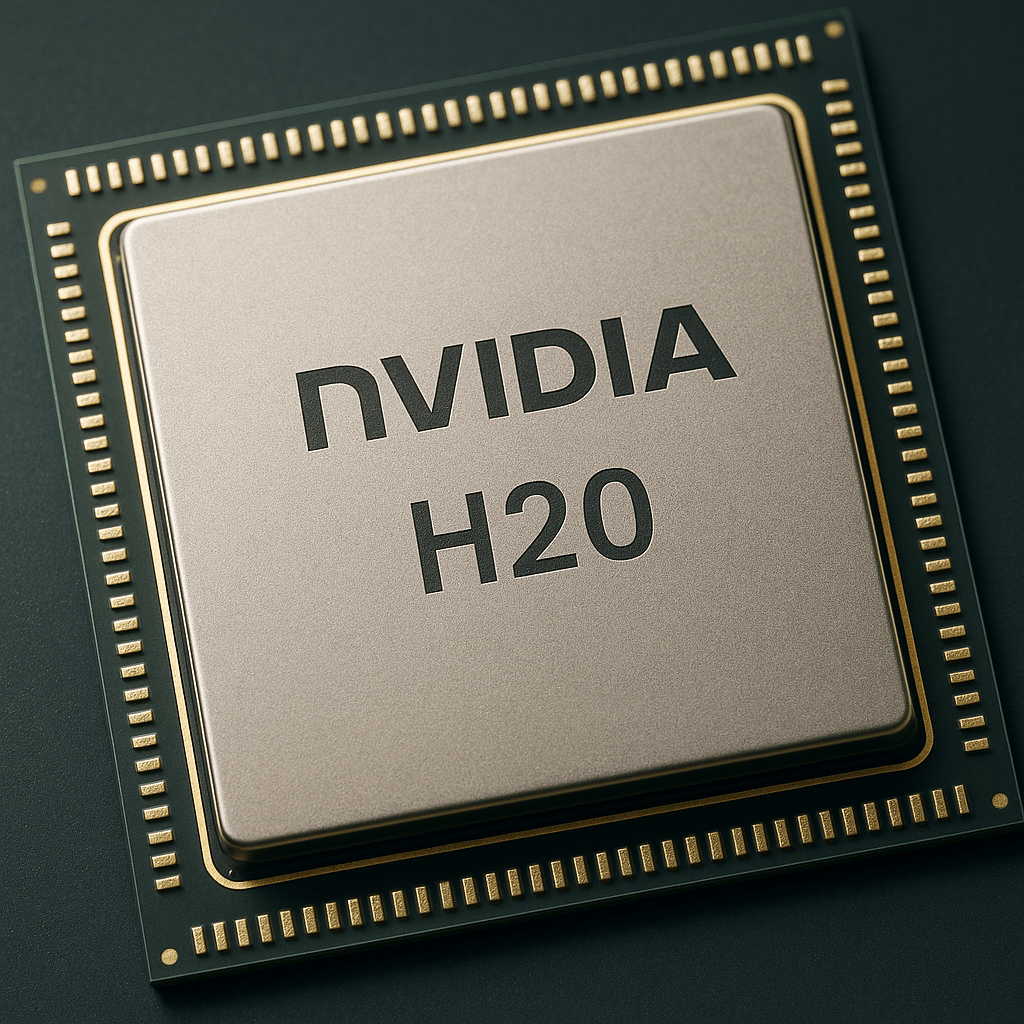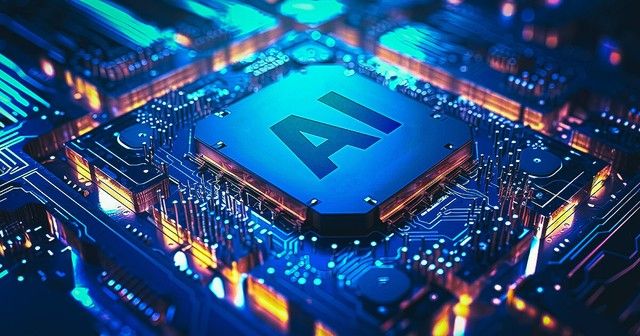A High-Stakes Shift That Could Reshape Global AI and Tech Trade

In a stunning policy reversal, the United States has officially lifted the ban on Nvidia H20 chip exports to China, a move that signals a new phase in the battle for AI dominance and global tech influence. The decision marks a major pivot in Washington’s approach to AI chip exports and sets the stage for billions in potential trade, especially as China accelerates its artificial intelligence ambitions.
The Nvidia H20 chip, a cutting-edge AI processor optimized for machine learning and large language models, is now cleared for export after months of restrictions. The policy shift is closely tied to diplomatic negotiations over rare earth minerals trade, as Beijing recently loosened export curbs in return for U.S. flexibility on AI hardware.
Nvidia H20 Chip: The Power Behind Global AI Ambitions
Nvidia H20 chip is not just another graphics processor it is the heart of next-generation AI applications, from autonomous driving to generative AI. Its architecture delivers extraordinary performance, making it a preferred choice for companies building advanced AI systems.
Following the U.S. Department of Commerce’s green light, Nvidia immediately applied for export licenses and placed an urgent order for 300,000 H20 units with Taiwan Semiconductor Manufacturing Co. (TSMC). Industry insiders suggest that major Chinese tech firms, including ByteDance, Tencent, Alibaba, and DeepSeek, are preparing for large-scale procurement of the chips, potentially reshaping the regional AI landscape.
Demand in China is surging as local companies race to develop alternatives to U.S.-based AI models. Despite a government push for homegrown chips such as Huawei’s Ascend and Cambricon, the Nvidia H20 chip remains the gold standard thanks to its unparalleled ecosystem, particularly Nvidia’s CUDA software stack, which developers rely on globally.
Strategic and Financial Shockwaves

This decision comes with enormous financial and strategic implications. Nvidia’s stock soared to record highs, reflecting investor optimism over renewed access to one of the world’s most lucrative AI markets. The company, which had previously written off billions in unsold inventory due to the earlier export ban, now sees a clear path to revenue recovery.
According to analysts, the reinstated trade could bring in billions of dollars in revenue over the next few quarters, especially as Chinese demand for high-performance AI chips outpaces supply. This turnaround also places Nvidia back at the center of U.S.-China tech trade, a space fraught with both opportunity and tension.
However, the decision wasn’t universally celebrated.
A bipartisan coalition of more than 20 national security experts, former officials, and lawmakers slammed the policy shift, warning that it could threaten U.S. technological leadership. They argue that advanced chips like the Nvidia H20 chip can enhance Chinese surveillance networks and military capabilities.
Democratic lawmakers called for further scrutiny, questioning whether the move compromises export control principles. “We cannot prioritize short-term gains over long-term national security,” one senator stated during a heated Congressional hearing.
China’s Pushback and Surveillance Concerns
In a surprising twist, China’s Cyberspace Administration summoned Nvidia shortly after the U.S. announcement. Regulators raised alarms about “backdoor vulnerabilities” in the Nvidia H20 chip, including alleged tracking capabilities and remote shutdown functions. They fear the chips could be used as a Trojan horse for U.S. intelligence gathering.
Beijing’s concern reflects a broader unease about dependency on U.S. technology, even as demand for top-tier chips like the Nvidia H20 chip remains high. Nvidia has not yet publicly responded to the accusations, but tech analysts believe the company may need to provide source code audits or compliance guarantees to smooth relations with Chinese regulators.
The Future of AI Trade in a Multipolar World
The resumption of Nvidia H20 chip export highlights a new era in global tech diplomacy one where strategic interests, economic pressure, and security fears intersect more than ever.
While China continues to invest heavily in AI chip export independence and homegrown GPU development, it still relies on U.S. firms for high-end capabilities. Nvidia, meanwhile, walks a delicate line balancing access to a massive market with intense scrutiny from Washington.
What’s clear is that the Nvidia H20 chip will remain central to global AI developments in 2025 and beyond. Whether it becomes a bridge between tech superpowers or a flashpoint for further conflict will depend on how both nations manage this fragile détente.
